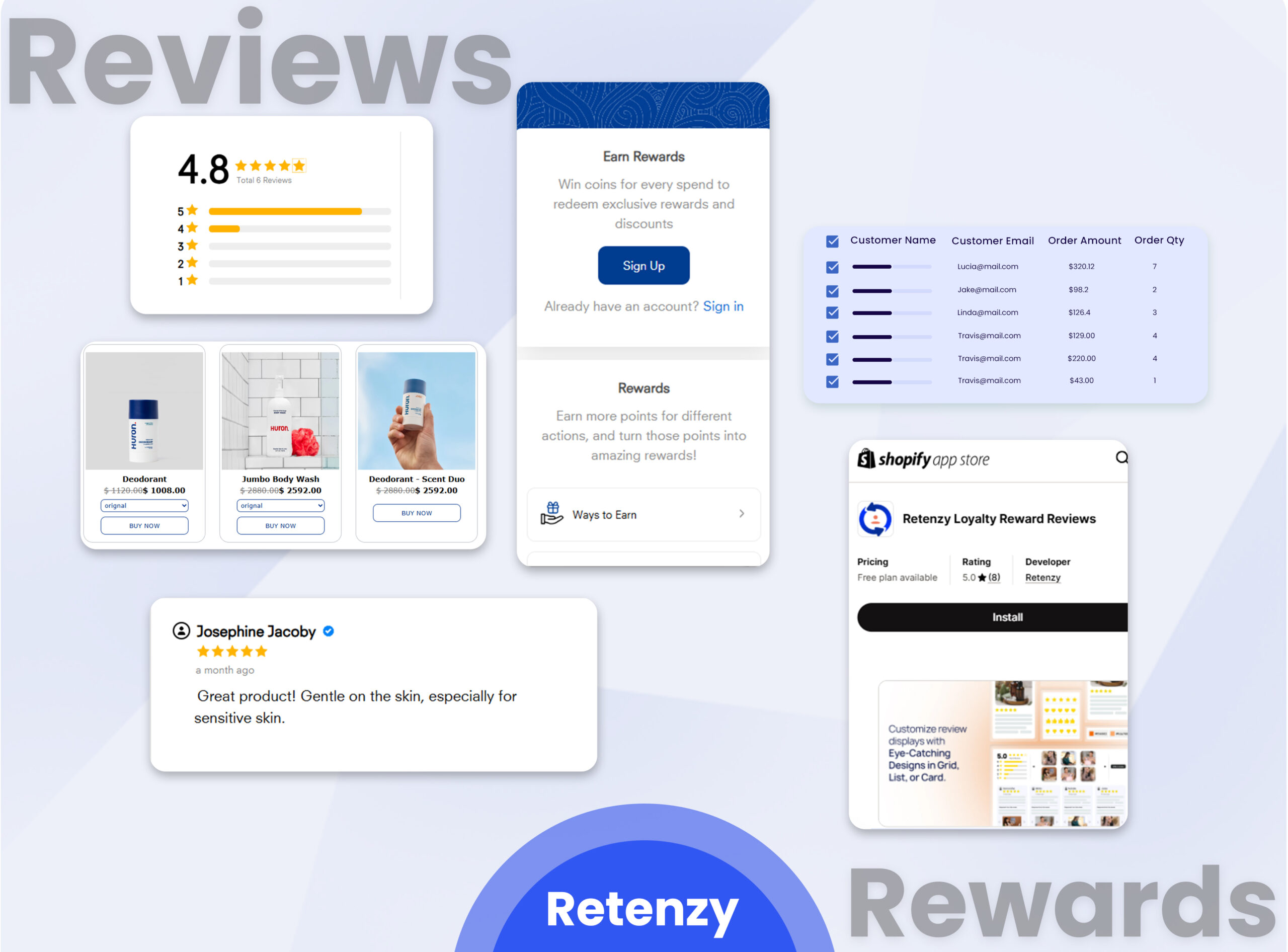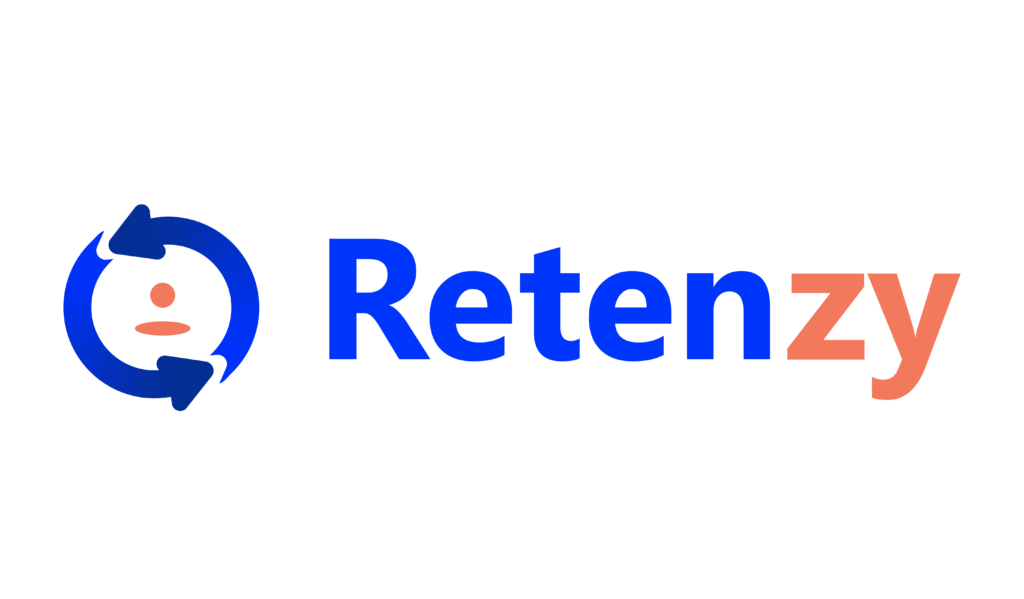Hey there! Let’s discuss how to monitor customer Engagement. Basically, how to figure out if your customers are vibing with your brand or just passing through. Have you ever noticed how some businesses appear to be able to take advantage of their customers?, while others are stuck begging for attention? It’s all about tracking engagement. Nail this, and you’ll know exactly how to tweak your marketing, keep people happy, and make more money. I’m going to break down the best ways to do it—think of it as your cheat sheet to winning at customer loyalty. Ready? Let’s jump in.

Customer Engagement Metrics
Metrics are like your brand’s mood ring—they show you how customers are feeling and hint at where your profits might go. Here are three you’ve got to know:
Net Promoter Score (NPS)
- What is NPS?
It’s a quick way to measure loyalty with one question: “How likely are you to recommend us to a friend? Customers rate you from 0-10, landing in three buckets: Promoters (9-10), Passives (7-8), and Detractors (0-6). A high score means they’re raving about you. - How It Works: Picture a coffee shop sending an NPS survey after a purchase. If most customers are Promoters, they’re probably loving that new latte blend. Send these surveys after key moments—like a sale or support call—and track trends to spot what’s clicking.

Customer Retention Rate (CRR)
- What is CRR?
The Customer Retention Rate measures the percentage of customers that remain loyal to your brand over a certain period. A high retention rate suggests that customers are engaged and satisfied with your brand.
- How to Calculate CRR:
CRR=(E-N)/S*100
Where:
- E is the number of customers at the end of the period (say, 110).
- N is the number of new customers acquired during the period (20).
- S is the number of customers at the start of the period (100).
So, (110-20)/100 × 100 = 90%. That’s 90% loyalty—solid!
- Strategic Insights:
CRR shows if your loyalty perks—like discounts or VIP events—are paying off.

Customer Lifetime Value (CLV)
- What is CLV?
What’s CLV? It’s your crystal ball for predicting how much a customer will spend with you over time. Think of a regular who drops $50 monthly on your app for three years—that’s $1,800 in value.
- How to Calculate CLV:
Multiply average purchase value, how often they buy, and their lifespan with you. If that regular’s worth $1,800, you know it’s worth spending a little to keep them.
- Leveraging CLV for Marketing Decisions:
A high CLV means that a customer is likely to contribute significantly to your revenue over time, which can guide decisions about how much to spend on marketing and customer service.
Website and App Analytics Tools
These tools are like having a buddy who watches how people mess with your site or app and spills the tea.
Key Metrics to Monitor:
- Average Session Duration: This states how much time a user is spending interacting with your website or app. A higher average time on page indicates meaningful engagement.
- Bounce Rate: It creates an index of entrants and leavers in a site visiting solely a single page. A high bounce rate would indicate that the visitors are not finding what they are looking for and that there is some optimization to be made.
- Pages Per Session: This describes how many pages each visit will see; more pages would usually indicate greater levels of engagement.
A/B Testing for Marketing Campaigns
A/B testing is like picking between two outfits to see which gets more compliments. You test two versions of something (an ad, a webpage) to see what clicks.
How to Conduct A/B Tests:
- Step-by-Step Guide:
- Identify your goal:What do you want to optimize? (e.g., click-through rate, conversion rate)
- Create variants: Test one variable at a time (e.g., subject line, CTA button).
- Determine sample size: Ensure that you have enough data for statistical significance.
- Analyze results: Compare the performances of each variant, and use the results to optimize future campaigns.
Run A/B tests for a reasonable duration to gather enough data and ensure results are reliable. A/B testing should be ongoing, as consumer behavior may shift over time.
Collecting Customer Feedback and Surveys
Customer feedback is valuable to the development of successful engagement efforts. Soliciting direct feedback is the best way for businesses to discover customer needs and preferences.
Types of Surveys:
- Online Forms: Simple, quick forms placed on websites or apps to collect feedback after interactions.
- Email Surveys: Longer email surveys sent after some experience of buying or support to acquire the feedback of customer responses
Why Surveys Matter:
It may provide important findings into which engagement can be improved, such as the quality of items, customer service, or user experience.
Email Engagement Metrics Analysis
Email marketing is still one of the most effective consumer engagement channels, making the analysis of email engagement metrics imperative in gauging the campaigns’ resonance with the audience.
Key Metrics to Monitor:
- Open Rate: It shows how many recipients opened that mail. A poor open rate is an indicator that the subject line or timing of the email should be improved.
- Click-through Rate (CTR): The percentage of recipients who clicked on a link within the email. High CTRs indicate that the email content is compelling and relevant.
Improving Email Engagement:
Subject lines and call-to-action buttons should be given A/B testing for optimization. Segmentation of email lists should be practiced to send personalized content that can more easily engage different groups of a customer.
Leveraging Support Metrics for Engagement Evaluation
Customer support interactions are a vital aspect of consumer engagement. By tracking support metrics, businesses can assess the quality of their support services and its impact on overall customer satisfaction.
Key Metrics to Track:
- Response Time: The time it takes for a customer to receive a response from the support team. Faster response times generally lead to higher customer satisfaction.
- Issue Resolution Rate: Measures how successfully issues are resolved in a single interaction. High resolution rates indicate effective support.
Improving Engagement via Support:
Ensuring that customer issues are resolved quickly and effectively is essential for keeping customers engaged and loyal to your brand.
Utilizing Behavioral Analytics Tools
These specialized tools for behavioral analytics will give an organization an indication of how people interact with properties beyond such simple statistics on page views and session time. They track actions such as clicking, scrolling, and purchasing tendencies. In this way, organizations could frame engagement strategies.
Popular Behavioral Analytics Tools:
- Hotjar: Heatmaps show where they click (or don’t). nSpot a dead zone on your checkout? Fix it.
- Crazy Egg: Offers click tracking and A/B testing features.

Driving Engagement Optimization:
Behavioral data can highlight pain points in the user journey, allowing businesses to refine content, layout, and navigation to improve the overall customer experience.
Embracing Multi-channel Engagement Tracking Techniques
In this digital era, consumers tend to interact with brands on various platforms – websites, social media, emails, mobile apps and so on. Bringing together information on each of these touch points is therefore a must for a holistic view of consumer behavior.
Integration Systems:
- Customer Data Platforms (CDPs):Customer Data Platforms (CDPs): These systems would give you an overall picture of how customers interacted with different sources.
- CRM Tools: This allows businesses to monitor customer engagements using several different channels and guide personalization strategies along the way by including the entire customer journey in their strategies.
Benefits of Multi-channel Tracking:
multi-channel comes an understanding of the full customer journey that would lead to improved personalization and richer engagement at each interaction.
Conclusion
Engagement tracking of consumers is key to business success. Organizations can monitor engagement through these metrics with the right tools and employ strategies like A/B testing and multi-channel tracking to refine marketing campaigns that enhance customer satisfaction.
It is, therefore, very vital to know the measurement and analysis of engagement for growth and the building of strong and durable relationships with customers With advanced engagement measures in behavioral analytics and multi-channel tracking, brands can hone their strategies toward improving customer retention KPIs and overall engagement levels.















